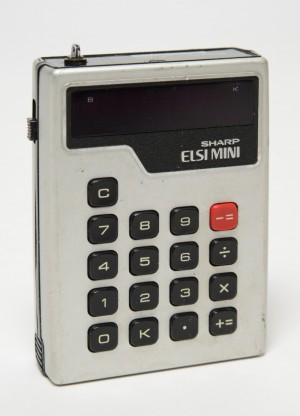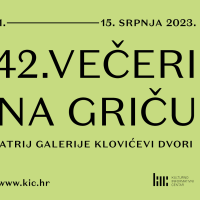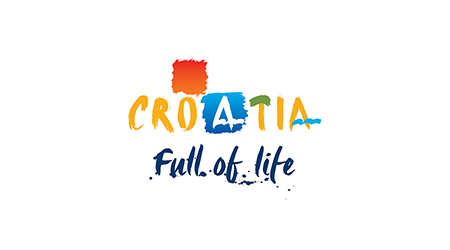Back to newsletter
The Technical Museum–What Is Your Number? The History of Calculating from the Abacus to the Calculator
For all those who want to get to know the history of calculating from the abacus to the calculator, the exhibition “What is Your Number?” is open in the Technical Museum.
 Calculating is considered one of the greatest intellectual achievements of humankind. The aim of the exhibition is to acquaint the public with the history of calculating from the abacus to the electronic calculator. The exhibition, curated by Prof. Boris Halasz, gives a historical and technical overview of devices and gadgets for calculating from antiquity to the mid-1980s, when the ever-faster development of semiconductors and the IT industry, assisted by the development of the calculator, crossed the borderline of calculating apparatus and entered the area of general computing and started to enter into every aspect of everyday life, changing it radically. You will find almost 500 exhibits at the exhibition, with the oldest being Fullers cylindrical slide rule which dates back to around 1895.
Calculating is considered one of the greatest intellectual achievements of humankind. The aim of the exhibition is to acquaint the public with the history of calculating from the abacus to the electronic calculator. The exhibition, curated by Prof. Boris Halasz, gives a historical and technical overview of devices and gadgets for calculating from antiquity to the mid-1980s, when the ever-faster development of semiconductors and the IT industry, assisted by the development of the calculator, crossed the borderline of calculating apparatus and entered the area of general computing and started to enter into every aspect of everyday life, changing it radically. You will find almost 500 exhibits at the exhibition, with the oldest being Fullers cylindrical slide rule which dates back to around 1895.
A special part of the exhibition is dedicated to the domestic industry which is represented by the Croatian companies TRS Zagreb, Digitron Buje and RIZ Zagreb, as well as Unis from Sarajevo and Ei from Niš. The heaviest item is a cash register which weighs around 60 kg, while the lightest is a Sun Hemmi slide rule weighing just 17 grams. A whole series of other interesting items will also be presented at the exhibition such as the first electronic calculator which was smaller than a typewriter, the Sharp QT-8D from 1969; the first pocket scientific electronic calculator, the Hewlett-Packard HP-35 from 1972; the first programmable electronic pocket calculator, the Hewlett-Packard HP-65 from 1974, and the oldest pocket electronic calculator, the Canon Palmtronic F-2 from 1975.
The exhibition is open until 30 September.
Published: 01.08.2017
 Hrvatski
Hrvatski English
English Deutsch
Deutsch Spanish
Spanish French
French Italian
Italian Russian
Russian Korean
Korean Japanese
Japanese Chinese
Chinese Calculating is considered one of the greatest intellectual achievements of humankind. The aim of the exhibition is to acquaint the public with the history of calculating from the abacus to the electronic calculator. The exhibition, curated by Prof. Boris Halasz, gives a historical and technical overview of devices and gadgets for calculating from antiquity to the mid-1980s, when the ever-faster development of semiconductors and the IT industry, assisted by the development of the calculator, crossed the borderline of calculating apparatus and entered the area of general computing and started to enter into every aspect of everyday life, changing it radically. You will find almost 500 exhibits at the exhibition, with the oldest being Fullers cylindrical slide rule which dates back to around 1895.
Calculating is considered one of the greatest intellectual achievements of humankind. The aim of the exhibition is to acquaint the public with the history of calculating from the abacus to the electronic calculator. The exhibition, curated by Prof. Boris Halasz, gives a historical and technical overview of devices and gadgets for calculating from antiquity to the mid-1980s, when the ever-faster development of semiconductors and the IT industry, assisted by the development of the calculator, crossed the borderline of calculating apparatus and entered the area of general computing and started to enter into every aspect of everyday life, changing it radically. You will find almost 500 exhibits at the exhibition, with the oldest being Fullers cylindrical slide rule which dates back to around 1895.









